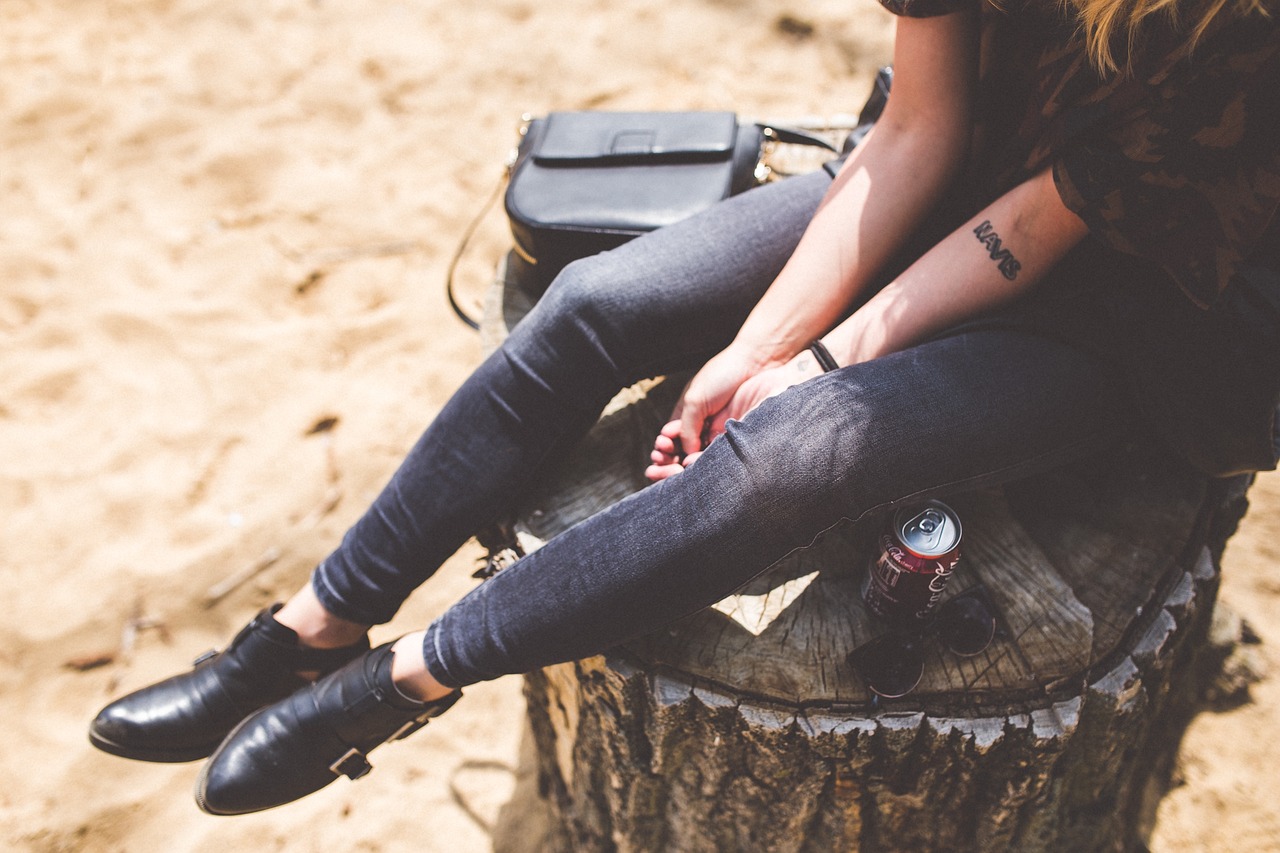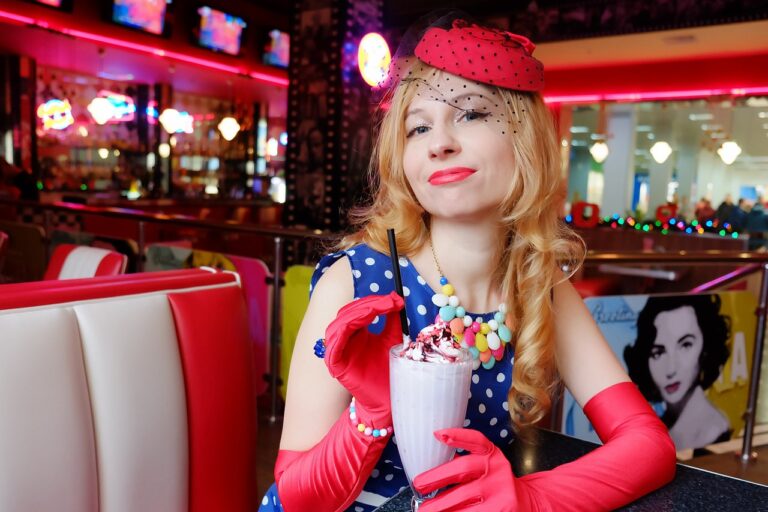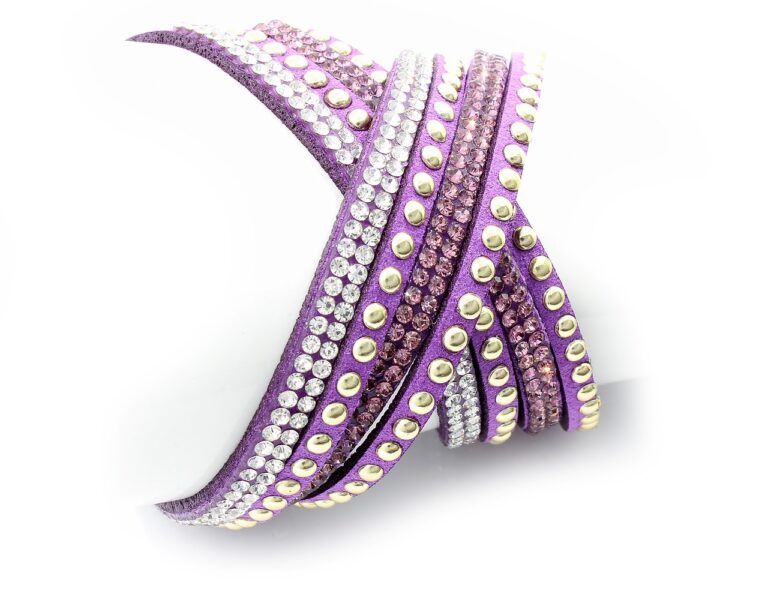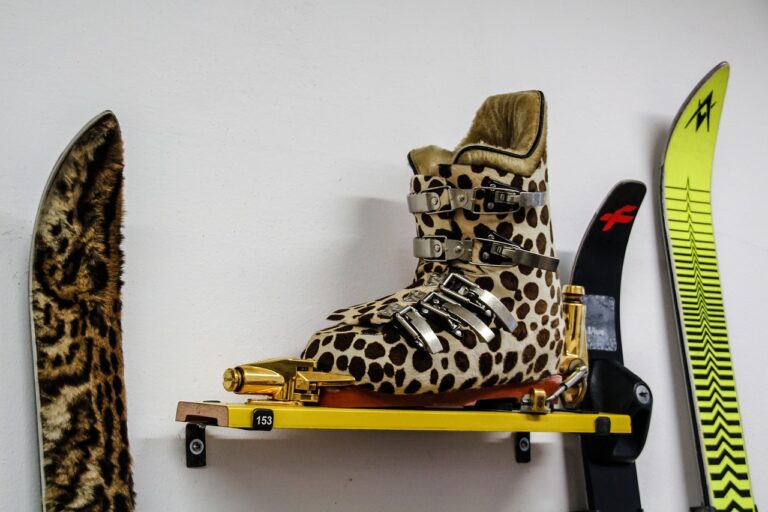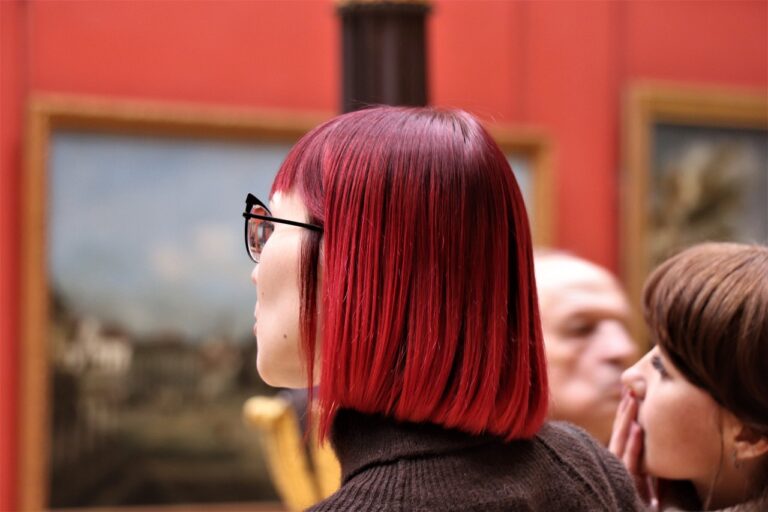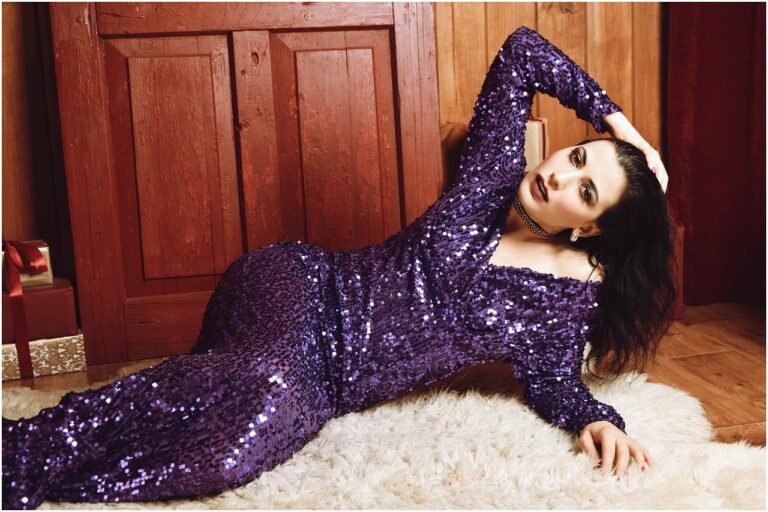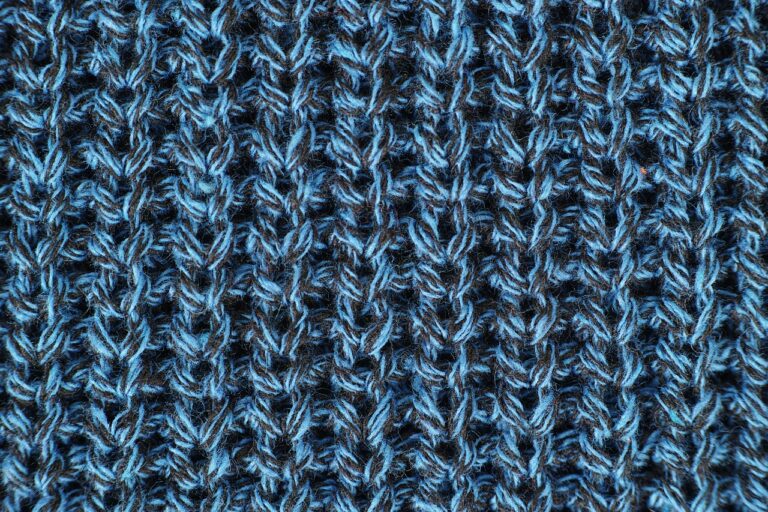The Psychology of Color in Fashion: Understanding How Color Influences Perception
Color psychology in fashion plays a significant role in how we perceive and interact with clothing. Colors have the power to evoke certain emotions, influence consumer choices, and even convey specific messages. Whether bold and vibrant or subtle and neutral, the colors we wear can greatly impact our overall style and how others perceive us.
Understanding the basics of color psychology can help individuals make intentional choices when selecting outfits. Different colors have been shown to have varying effects on mood, behavior, and overall perception. By incorporating this knowledge into fashion decisions, people can harness the power of color to express themselves creatively and communicate effectively through their clothing choices.
The Impact of Warm Colors on Perception
Warm colors such as red, orange, and yellow have a significant impact on perception in the world of fashion. These hues are known to evoke feelings of energy, passion, and warmth, making them popular choices for creating bold and attention-grabbing outfits. When incorporated into clothing or accessories, warm colors can draw the eye and create a sense of vibrancy and excitement.
Furthermore, warm colors have the ability to make objects appear closer and larger than they actually are. This optical illusion can be used strategically in fashion design to accentuate certain features or create a sense of presence. By understanding the impact of warm colors on perception, fashion designers and consumers alike can harness the power of these hues to make a statement and leave a lasting impression.
The Influence of Cool Colors on Emotions
Cool colors, such as blues and greens, are often associated with feelings of calmness and serenity. These hues have a soothing effect on emotions, helping to create a sense of relaxation and tranquility. Cool colors are known to have a lowering effect on heart rate and blood pressure, which can contribute to a feeling of peace and mental clarity.
In addition to promoting calmness, cool colors are also believed to enhance feelings of trust and stability. This can be particularly beneficial in fashion, as wearing cool-toned garments can convey a sense of dependability and professionalism. Cool colors are often used in branding to evoke trust and reliability, making them a popular choice for businesses looking to establish a sense of credibility with their target audience.
• Cool colors, such as blues and greens, are often associated with feelings of calmness and serenity.
• These hues have a soothing effect on emotions, helping to create a sense of relaxation and tranquility.
• Cool colors are known to have a lowering effect on heart rate and blood pressure, which can contribute to a feeling of peace and mental clarity.
• In addition to promoting calmness, cool colors are also believed to enhance feelings of trust and stability.
• Wearing cool-toned garments can convey a sense of dependability and professionalism in fashion.
• Cool colors are often used in branding to evoke trust and reliability for businesses looking to establish credibility with their target audience.
How do cool colors like blue and green influence emotions?
Cool colors like blue and green are known to evoke feelings of calmness, relaxation, and serenity. They can also promote feelings of trust and stability.
Can cool colors help reduce stress and anxiety?
Yes, cool colors have been shown to have a soothing effect on the mind and body, which can help reduce feelings of stress and anxiety.
Are there any specific cool colors that are particularly effective in influencing emotions?
While all cool colors can have a calming effect, shades of blue are often associated with feelings of tranquility and peace, while greens are linked to harmony and balance.
How can incorporating cool colors into fashion choices impact one’s mood?
By wearing clothing or accessories in cool colors, individuals may experience a sense of relaxation and tranquility throughout the day, leading to a more positive and balanced mood.
Are there any situations where cool colors may not be appropriate?
While cool colors are generally associated with positive emotions, they may not be the best choice for situations that require energy, excitement, or warmth, as they can sometimes be perceived as distant or aloof.

